This is a question I’ve been asking myself a bit lately, when is enough enough with post processing? How do you know when to stop?
When is enough enough with post processing
It can be a hard one, and look I’m happy to admit that I have over processed many photos. It is something I think everyone does at some stage. When I’m processing my photos I always have to wonder when I’ve done enough.
It is a problem that most artists fight with. I’m no different it seems.
For me, there is no real answer, but something I do that usually makes it clearer for me is sharing my images. When I think I might be done I put the photo up on social media and watch it. When it is there I’m seeing it all the time. If I still like it a week later then I know I’m done. However, if the following day, or a few days later I am cringing, then I know I did too much, or not enough.
Let’s look at some that were like that.
That Wanaka Tree
The following image did really well on social media and people seemed to love it. However, I decided that I thought it was too colourful. Let’s look at it.
I thought the purple was too strong. It seemed to take away the golden hue of the leaves on the tree.
So I had to do some more work, or rather undo some of it. I ended up with this.
For me, this works so much better. It could be a phase I’m going through. I’m enjoying my images with less colour.
What do you think? I will put them in a gallery at the end so you can flip through them better.
Sunrise in Melbourne
This image was the same thing. After I posted it I decided there was too much colour, so I needed to bring it back.
Here is the first state.
I do have a tendency to overdo sunrises and sunsets. Almost as soon as I posted it I was cringing. Too much colour.
So I had another go at it.
This is the second state.
I like this one better, though that could just be me, while others might prefer the first one.
This is the first time I’ve shown the second states of both images.
Melbourne Skyline
There is only one state of the following because I was really happy with it.
Do you have similar problems with your images? Love to hear your thoughts.
Gallery
Here is a gallery of the above images to help you compare.

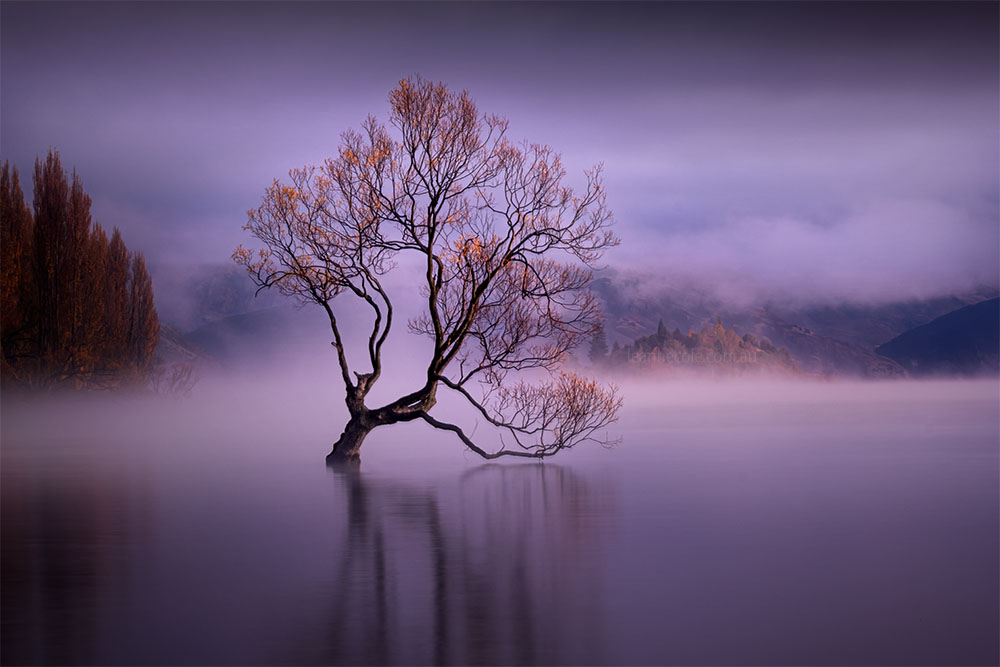
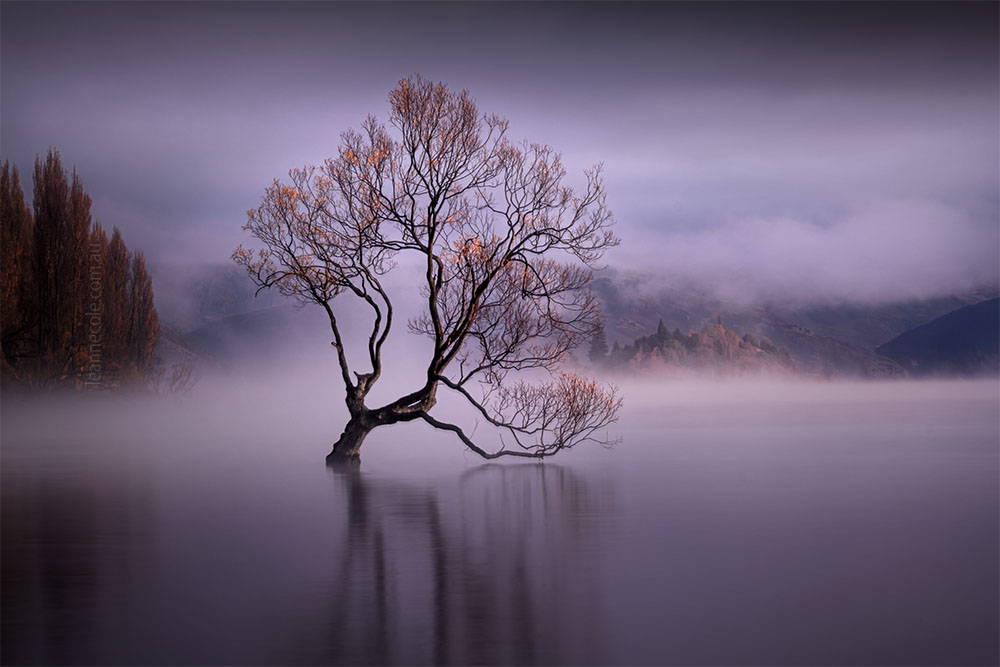
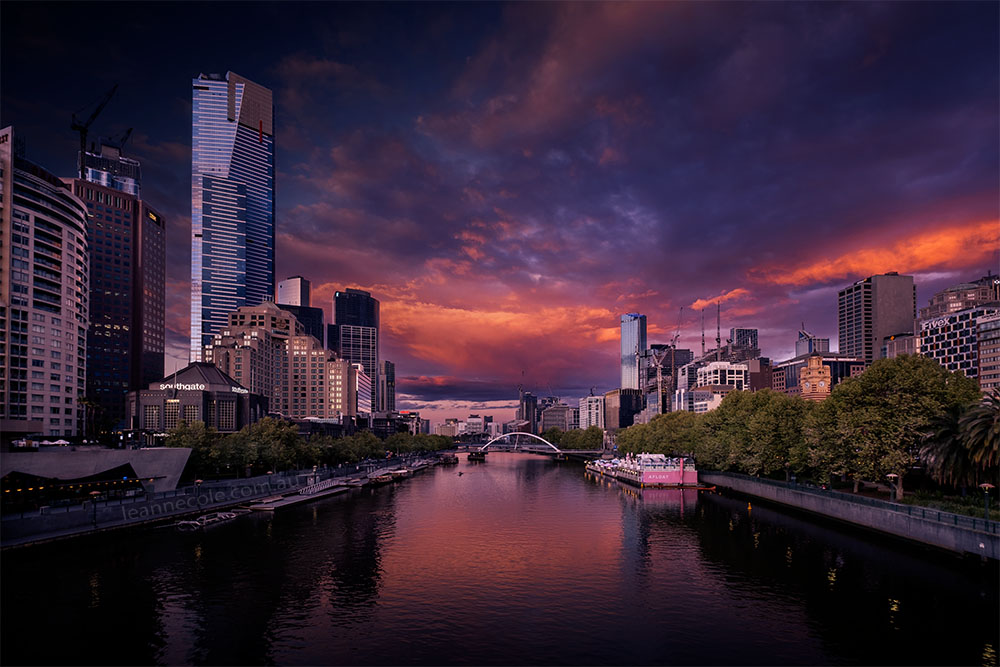
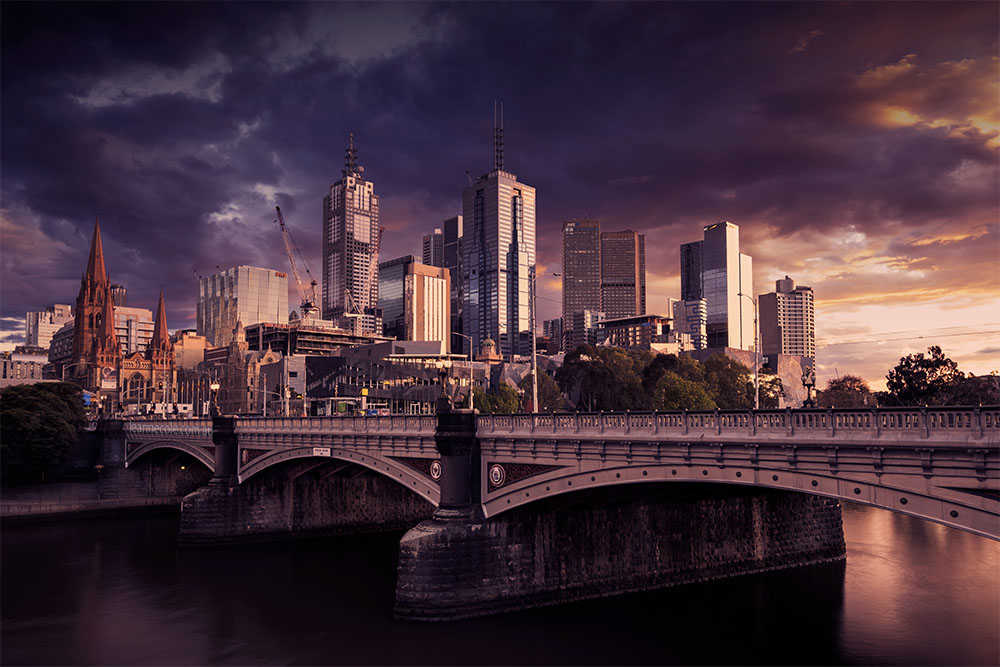





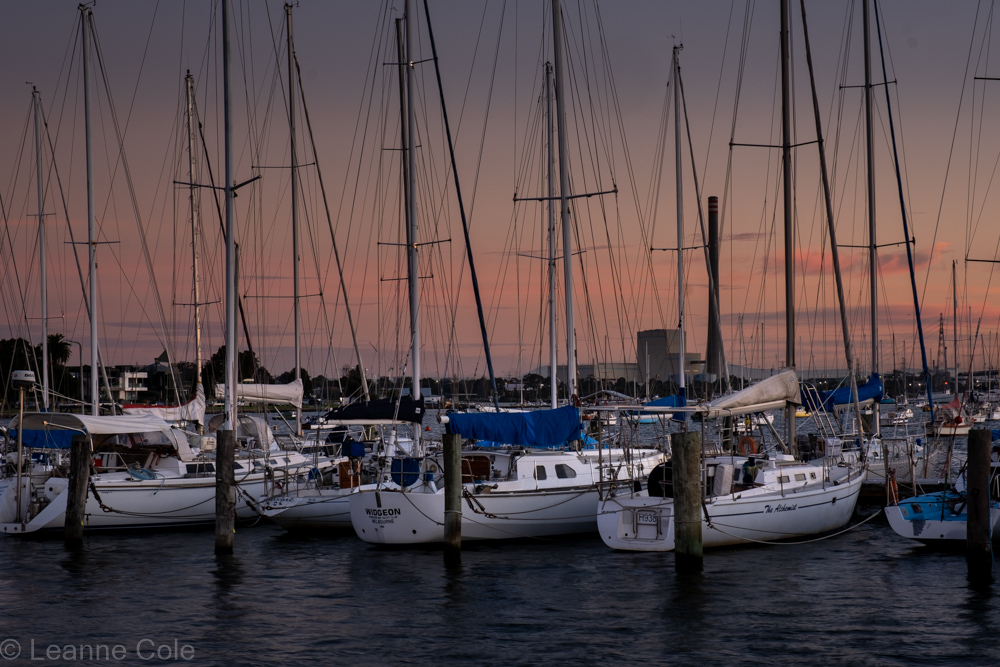

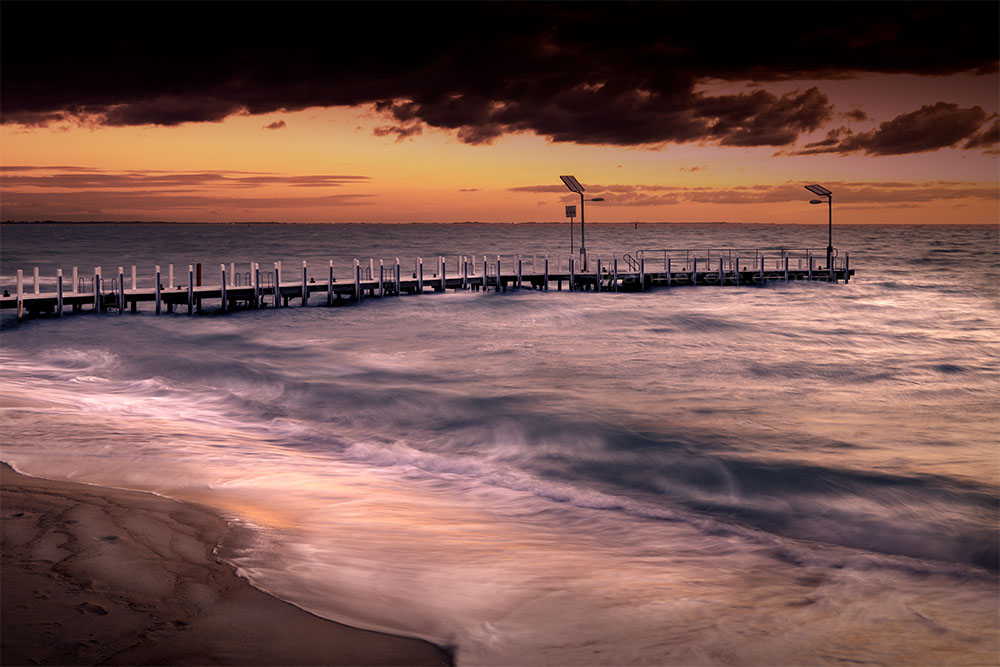
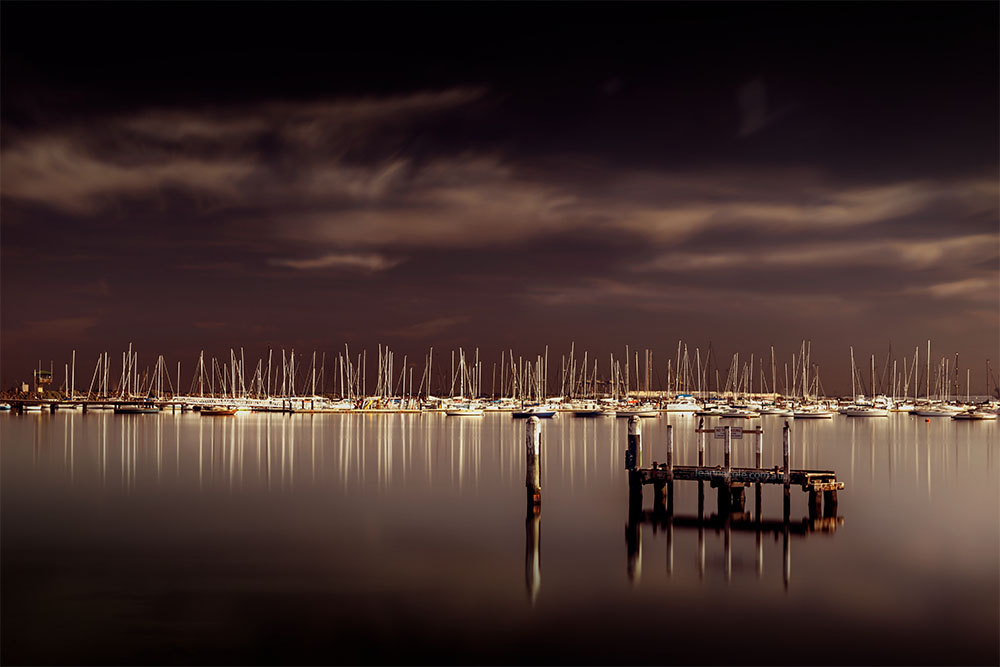
Absolutely so beautiful photos. You have done really so well
Thank you.
It’s my pleasure
😀
I find it’s so easy to overdo! It is interesting to go back after a bit of time has passed and give it another look.
That is very true, I’m so glad we can do that with our photos. Thank you Pam.
I liked the subdued versions. However, I doubt if this might be of any help to you (or, to anyone else). Such decisions are, by their nature, very personal. Also, the intended display conditions (including not only the type but also the expected viewers and their cultural backgrounds) can effect such processing decisions. On purely artistic grounds, however, I have no doubt that when the artist fells that it is done, it’s done…whatever the circumstances.
Thank you, me too. Yes, I think you are right, though sometimes leaving it for a day or two can be good.
I like the thought provoking theme, and yes you are right, at least for me. I personally wrestle with the same issue – when to stop the adjustments.
For the most part, I usually follow a simple rule for post shot processing – what does the image need to look like what I saw when I made my photograph? As a result, I typically do minimal processing – get rid of some haze, tweak contrast or exposure, adjust shadows, and maybe adjust the color saturation. And of course, sometimes cropping the shot is quite important.
But then there are times when the image must change to accommodate my vision. I stop when I am satisfied, but like you, sometimes after seeing the image for awhile, I get unhappy and wish to change it.
I guess we artists just continually wonder and question ourselves.
I think it is something we will always struggle with. I think when you have a style or something like it it helps. You get to know what you are looking for.
Interesting what your rule is, I think for me I get my images and then wonder what I can do to it. I try not to have any preconceived idea as I am often disappointed.
Thank you Tim for sharing what you do and how you see. Yes, I think we are doing that last part constantly.
Thanks Leanne. I also follow a watercolor artist, named John. He struggles with the same exact issues – when is enough, enough.
When I was first learning photography, I had a mentor named Steve Peterson. He was quite an avid follower of Zen philosophy. And he told me this one day. “A thing is at its best not when there is nothing more to add, but when there is nothing else that can be taken away.”
I guess that has been my general guiding principal all of these years. Now, that does not mean that I don’t think one should manipulate your photos or not do things like add filters, etc. I guess it just means I try to do as little as possible to get the desired look.
And yes, you are right – this is always a constant struggle. But that for me is part of the enjoyment.
The problem with painting is that it isn’t as easy to go back, not like with photography.
I used to have a lecturer that said you know when you go too far. or something like that. I think going to far is the lesson, you need to do it to understand where you want to go.
Agreed. I think the learning comes from making mistakes, whether that be simply overdoing an effect, or a bad exposure, or whatever. And other than getting really down if I blew an important shot where I just cannot go back, I look at the mistakes as ways to keep improving and trying new things. I can tell you do the same. Well, keep making your awesome posts. With all of the garbage in the US government now, your posts keep me sane, and smiling. Thanks Leanne
It is like that saying you learn from your mistakes. Thank you Tim, I will do my best. The Australian gov is insane too.
Thanks Leanne! At least you all don’t have Trump. 😂
Yes true, but then a***holes come in shapes and sizes and always seem to end up as politians.
😂😂 Isn’t that the truth. One of the mysteries of the universe.
That’s for sure.
I like the original tree and the edited skyline. I think the color attracts me in the first tree photo and the detail in the buildings is better in the reworked one – also the buildings are a lot brighter.
That’s interesting Nora, funny how different things appeal. Thank you for giving my your thoughts, I also like that.
I hear you Leanne… I believe most photographers go through that. What I do, is, after post processing a few days later, I view the processed image and than the original, that’s were I can see that I need to do some adjustments. That’s how I find the balance between processed and original. Happy post processing!
I think I need to find patience, never been my friend. Sometimes I do that and it is something I wish I did a lot more. Thank you for sharing that Cornelia.
I think you are just doing fine, my friend.
Thank you Cornelia, good to hear.
I often go back to images especially underwater ones, to tone them down or make adjustments. It might be a mix of things going on: your mood, the light you had when you first developed the image, your intent, how it sits with other images….
Exactly, sometimes you can get too close to them too and need time away to really see the image again. Thank you Chris.
Wonderful Images as always Leanne. I struggle with this as well. Those purples and pinks in the sunrise / sunset images can be easy to over saturate. The leaves on the Wanaka Tree seem to stick out better to me on the second image. I can see why you like this one better. It’s almost like a “pop” of color.
Thank you James, they can be, it can be easy to over do it. Yeah, that’s it exactly with the tree, I think they get lost in the first one.
I think all of your images are magnificent, both the before and after. I also feel that both could be perfect for different uses. Thanks always for sharing your process.
You are so kind, thank you. You’re welcome, it is nice to talk about what I do.
I agree this is an interesting question. I went through a stage of over processing a couple of years ago, and now have gone back and redone a number of those images to tone them down. As you say, it depends on what you’re trying to achieve. For me, I try to capture the feeling that I got when I took the shot, but still keeping the image looking natural. But sunsets are a struggle because it’s difficult to get the vibrance of the colour as it was, without over processing a little.
I think we all do that Deb. I have decided it is part of the learning process.
Your images are always strong Leanne. I love both images but I am partial to the ones with strong colour. I think we all struggle with deciding when to stop, to know when enough has been done and to be just happy with the results. Recently I have enlisted my wife and daughter in helpig me choose.
Thank you Khürt, it is interesting how different we all are, I don’t like the strong colours, or maybe my tastes have changed, but I know a lot of people do like it. Good to enlist the help of others, as long as you aren’t posting what they like instead of what you like.
Good question. Maybe it should be a reflection of what your instincts tell you in the original edit and you should stand by it? I try to keep it to a minimum and worry if it no longer captures what I originally saw. A tricky one!
I guess that can be the difference, I’m not really interested in that original capture and I’m always trying to change it, make it look different. That is my goal. It seems to be different for everyone which has made this discussion very interesting. Thank you Mike.